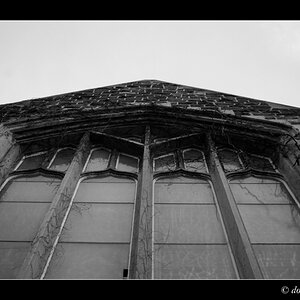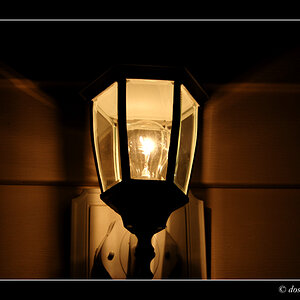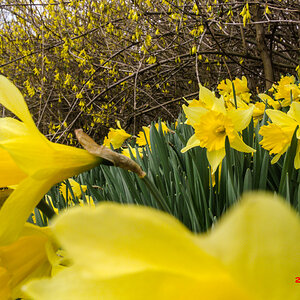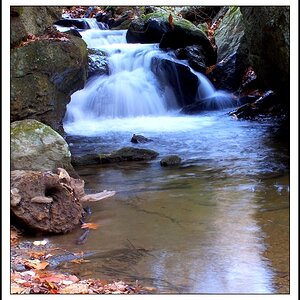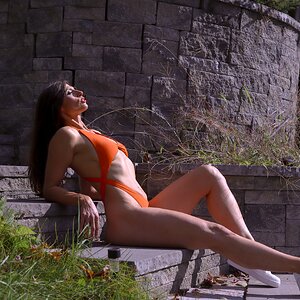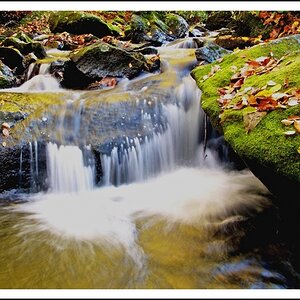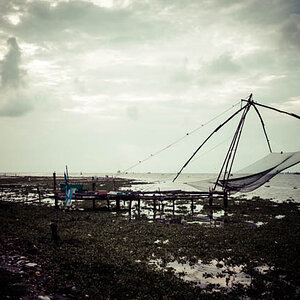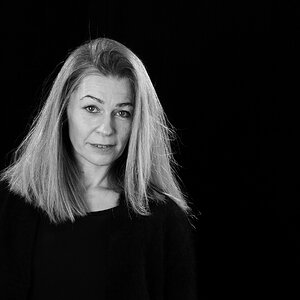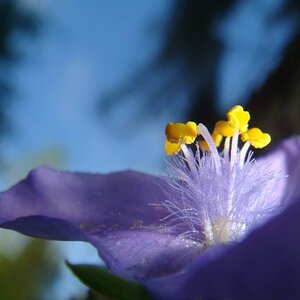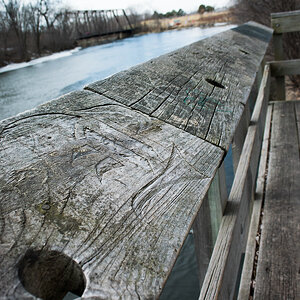wfooshee
No longer a newbie, moving up!
- Joined
- Oct 28, 2014
- Messages
- 846
- Reaction score
- 268
- Can others edit my Photos
- Photos OK to edit
I would like someone to explain to me what good it is to have HSS.
I understand what it is, I understand being able to use flash with shutter speed faster than your normal sync speed. I've played with it on my D7000 and SB-600 just to see it work, both on-camera and off-. I shot my living room in the dark at 1/8000, and it works, although it was underexposed.
So what I don't understand is what good the flash does when the power is so much reduced as it is to make HSS possible in the first place.
I've heard people say that they might need fill flash but the ambient light is too high to be able to use the normal sync speed on the shutter. But if your ambient is so much that your need fill-flash or auxiliary lighting at say, 1/500 or 1/1000 second shutter speed, then it seems to me that the reduced lighting power available in HSS would make it pretty much useless.
I understand what it is, I understand being able to use flash with shutter speed faster than your normal sync speed. I've played with it on my D7000 and SB-600 just to see it work, both on-camera and off-. I shot my living room in the dark at 1/8000, and it works, although it was underexposed.
So what I don't understand is what good the flash does when the power is so much reduced as it is to make HSS possible in the first place.
I've heard people say that they might need fill flash but the ambient light is too high to be able to use the normal sync speed on the shutter. But if your ambient is so much that your need fill-flash or auxiliary lighting at say, 1/500 or 1/1000 second shutter speed, then it seems to me that the reduced lighting power available in HSS would make it pretty much useless.


